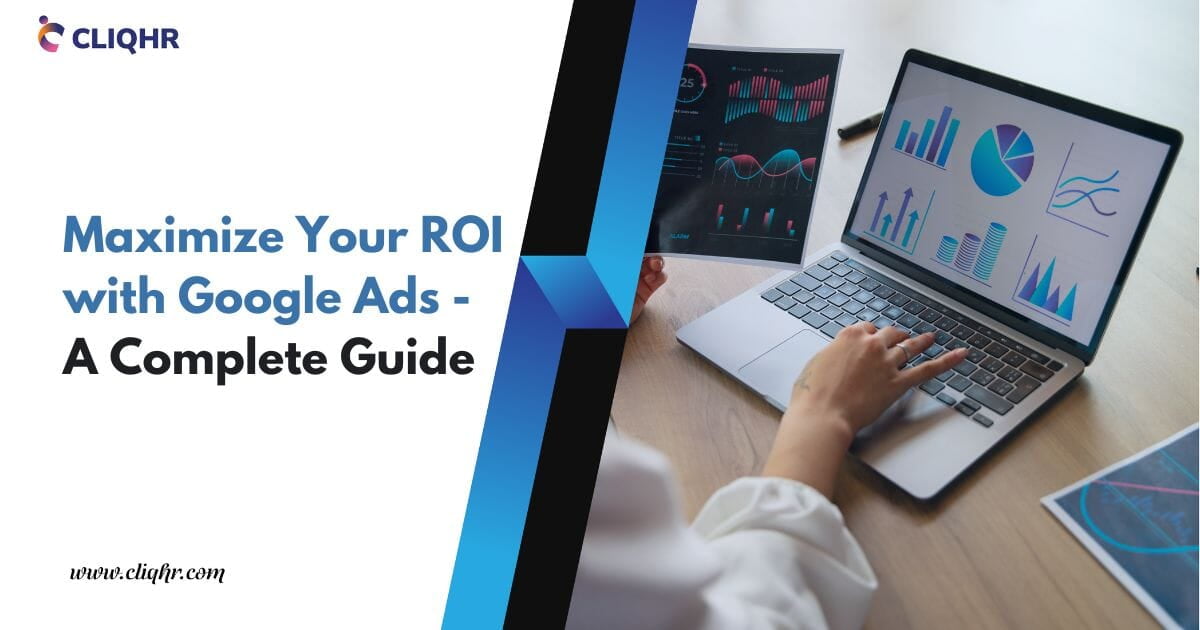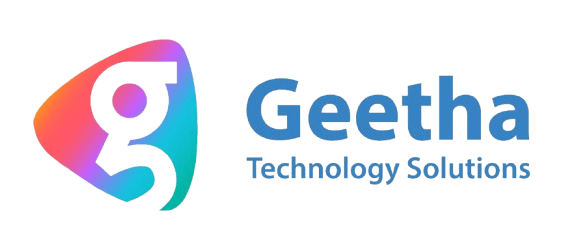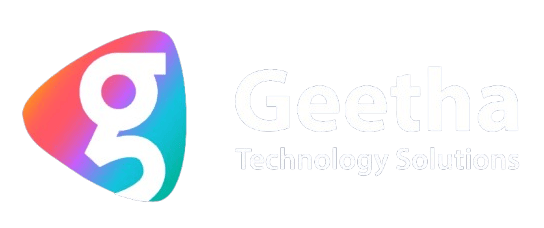
Google Ads is one of the most effective ways to reach your target audience and drive traffic, leads, and sales for your business. However, without the right strategy, you may end up spending more than you earn, which is why maximizing your return on investment (ROI) is crucial. Whether you're new to Google Ads or looking to optimize your existing campaigns, this guide will help you get the most value from your ad spend.
1. Set Clear Goals and KPIs
Before launching any Google Ads campaign, it's essential to define your goals. Whether it's increasing website traffic, generating leads, or boosting sales, having a clear objective allows you to tailor your campaigns for success. Your key performance indicators (KPIs) should align with these goals, such as:
- Cost per click (CPC)
- Click-through rate (CTR)
- Conversion rate
- Cost per acquisition (CPA)
By setting clear goals and KPIs, you’ll be able to measure your campaign's performance effectively and make data-driven decisions to improve your ROI.
2. Choose the Right Keywords
Keywords are the foundation of Google Ads. Targeting the wrong keywords can quickly drain your budget without delivering results, so it’s essential to choose keywords that align with your audience's search intent.
Steps for optimizing keywords:
- Conduct thorough keyword research: Use tools like Google Keyword Planner, Ubersuggest, and SEMrush to find relevant keywords with high search volume and low competition.
- Include long-tail keywords: Long-tail keywords are more specific and often have a higher conversion rate because they reflect intent (e.g., "best running shoes for flat feet" instead of "running shoes").
- Use negative keywords: Exclude irrelevant searches by adding negative keywords. For example, if you're selling premium products, you might want to exclude terms like "cheap" or "free."
Choosing the right keywords will ensure that your ads reach the right audience, which directly impacts your ROI.
3. Optimize Your Ad Copy
Your ad copy plays a significant role in convincing users to click on your ad. Well-written, compelling ad copy can increase your CTR, improve your Quality Score, and lower your CPC.
Best practices for optimizing ad copy:
- Focus on benefits, not just features: Highlight what your product or service can do for the customer. For instance, instead of saying "We sell running shoes," say "Get the perfect running shoes for comfort and performance."
- Include a strong call-to-action (CTA): Encourage users to take immediate action with clear CTAs like "Shop Now," "Get a Free Quote," or "Download Today."
- Use numbers and statistics: Adding specific numbers, such as prices, discounts, or benefits (e.g., "Save 20%" or "Rated #1 by customers"), can increase engagement.
- Test different versions: Create multiple variations of your ad copy and use A/B testing to see which version resonates best with your audience.
By improving your ad copy, you’ll attract more clicks from qualified leads, boosting your conversion rate and ROI.
4. Leverage Ad Extensions
Ad extensions are additional pieces of information you can add to your ads to make them more useful and appealing. These can increase the visibility of your ads and improve your CTR without increasing costs.
Popular ad extensions to use:
- Sitelink extensions: Include links to specific pages on your website (e.g., product pages, contact pages).
- Call extensions: Allow users to call your business directly from the ad with a phone number or call button.
- Location extensions: Show your business address and direct users to your location on Google Maps.
- Callout extensions: Highlight additional information, such as free shipping or 24/7 customer support.
Using ad extensions enhances the user experience, increases your ad’s visibility, and ultimately improves your ad’s performance.
5. Optimize Your Landing Pages
Driving traffic to a landing page is only half the battle. The real goal is to convert that traffic into leads or sales. A poorly optimized landing page can cause potential customers to leave without taking any action, which will hurt your ROI.
How to optimize your landing page:
- Match your ad to your landing page: Ensure that the message and offer in your ad align with what users see when they land on your page. If your ad promises "20% off running shoes," your landing page should immediately reinforce that offer.
- Use clear CTAs: Make it easy for users to know what to do next. Use clear, action-oriented CTAs like “Buy Now,” “Sign Up,” or “Get a Free Trial.”
- Improve page load speed: A slow-loading page will result in higher bounce rates. Use tools like Google PageSpeed Insights to ensure your landing page loads quickly.
- Optimize for mobile: Ensure that your landing page is mobile-friendly, as more users are searching on their smartphones.
A high-converting landing page will help you turn clicks into conversions, maximizing the ROI of your Google Ads campaign.
6. Use Smart Bidding Strategies
Google Ads offers various bidding strategies that help optimize your bids automatically based on the likelihood of a conversion or other key metrics. Smart bidding uses machine learning to adjust your bids in real-time, helping you get the best possible results within your budget.
Popular bidding strategies include:
- Target CPA (Cost per Acquisition): Automatically sets bids to get as many conversions as possible within your target CPA.
- Target ROAS (Return on Ad Spend): Adjusts bids to maximize the value of conversions while meeting your target ROAS.
- Maximize Conversions: Focuses on getting the highest number of conversions within your budget.
- Maximize Clicks: Aims to drive the highest number of clicks within your set budget.
Using smart bidding strategies allows Google’s algorithms to optimize your ad spend, helping you achieve higher ROI without constant manual adjustments.
7. Monitor and Optimize Campaign Performance
One of the most crucial aspects of maximizing ROI with Google Ads is continuously monitoring and optimizing your campaigns. Data-driven decisions are the key to improving your results.
How to monitor and optimize campaigns:
- Track key metrics: Keep an eye on your CPC, CTR, CPA, and conversion rate to identify which campaigns are performing well and which need adjustments.
- Pause underperforming ads: If certain ads aren’t delivering results, pause them and allocate the budget to higher-performing ones.
- Use conversion tracking: Set up Google Ads conversion tracking to measure specific actions, such as purchases, sign-ups, or downloads.
- Refine targeting: Regularly review your audience targeting and keyword performance. Exclude non-performing keywords and refine your audience segments for better targeting.
- Schedule ads: Use ad scheduling to display your ads at times when your target audience is most active, improving the chances of engagement.
By continuously analyzing and optimizing your campaigns, you’ll ensure your budget is spent effectively, maximizing your ROI.
8. Use Remarketing
Remarketing is a powerful tool for re-engaging users who have already interacted with your brand. It allows you to show ads to people who have previously visited your website but didn’t convert.
Benefits of remarketing:
- Higher conversion rates: Users who see remarketing ads are more likely to convert, as they are already familiar with your brand.
- Customized messaging: You can create remarketing ads tailored to specific user actions, such as visiting a product page or abandoning a cart.
- Cost-effective: Remarketing often costs less than acquiring new visitors, making it a great strategy for improving ROI.
Implementing a remarketing strategy can significantly increase your conversion rates, leading to a higher return on your ad spend.
Also read: SEO vs. Paid Advertising: Which One is Right for Your Business?
Maximizing your ROI with Google Ads requires a combination of smart keyword strategies, compelling ad copy, optimized landing pages, and ongoing campaign monitoring. By leveraging AI tools, testing ad variations, and implementing techniques like remarketing and smart bidding, you can increase the effectiveness of your campaigns and get the most value from your budget.
Whether you’re running ads for brand awareness, lead generation, or sales, following these strategies will help you achieve better results and make your Google Ads campaigns more profitable.

